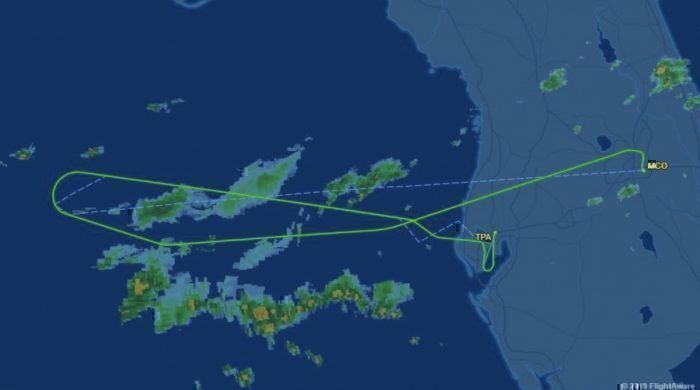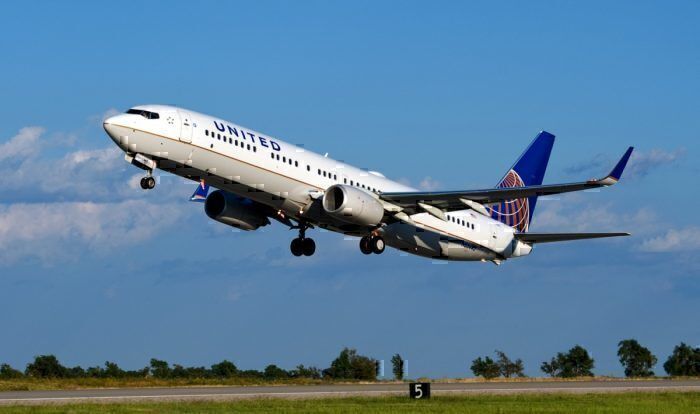A United Airlines flight from Orlando to Houston was diverted to Tampa on Tuesday, October 8, 2019, after smoke was smelt onboard. The aircraft landed safely in Tampa and was inspected. No traces of smoke, heat or fire were found. After a delay of several hours, the aircraft continued its flight to Houston and landed safely.
What happened?
A report inThe Aviation Heraldsays UA2399 was operating a flight between Orlando and Houston. UA2399 is the 09:10 departure from Orlando that is scheduled to arrive in Houston at 10:40. The flight is operated by a Boeing 737-900. 134 passengers and crew were aboard the affected flight on Tuesday.
The Aviation Herald reports that when cruising at 34,000 feet 190 nautical miles west of Tampa, smoke was smelled although no smoke was visible. The pilots elected to turn around and divert to Tampa. The aircraft (N37409) landed in Tampa safely, was met by emergency services and was checked over. There was no evidence of smoke or fire found.
The aircraft stayed on the ground in Tampa for four and a half hours before continuing the flight to Houston, landing at 15:55, some five hours late.
AUnited Airlinesspokesperson told Simple Flying;
“We have determined that it was a minor issue with the engine. We fully inspected the aircraft and it’s now back in service.”
Smoke and fumes onboard aircraft isn’t uncommon
Aircraft diverting owing to smoke or the smell of smoke isn’t unusual. In February 2018, a United Airlines 757 flying from Newark to Los Angeles diverted to Lehigh Valley Airport, Pennsylvania, after the pilots noticed smoke in the cockpit.
In May 2018, United’s UA372 flying betweenHonoluluand San Francisco turned back after smoke was reported coming from the aircraft’s right engine upon departure.
In May 2019, a United 787-9 jetting between Melbourne and Los Angeles had to divert to Noumea, New Caledonia, after smoke was reported coming from the cockpit.
In August 2019, aUnited Airlines 787-10 flying between Newark and Brusselsdiverted to Boston because smoke was smelled in the aircraft’s cabin
And just last week, aUnited flight between Austin and Houston had to turn aroundwhen pilots reported smoke in the cockpit when taking off.
This is just a sample of smoke-related incidents impacting on one airline, illustrating that it isn’t uncommon. It is worth noting that the aircraft all diverted and landed safely without any injuries.
Causes of smoke and fumes on aircraft
In 2012, an analysis was done in Australia by theAustralian Transport and Safety Bureausurrounding causes of smoke-related incidents onboard aircraft between 2008 and 2012. There were over 1000 such incidents. The analysis found the most common source of smoke or the smell of smoke was “aircraft systems issues”, meaning failure or malfunction of electrical and auxiliary power systems.
Another common cause of fumes and smells was equipment and furnishings. This includes air conditioning and galley equipment, both of which were found to be common causes of fumes and smoke. The analysis found that smoke and fumes emitting from cargo and luggage was unusual.
Whilst inevitably causing diversions, delays, and inconvenience, smoke-related incidents on aircraft rarely lead to anything more. Of that, we should be grateful.



